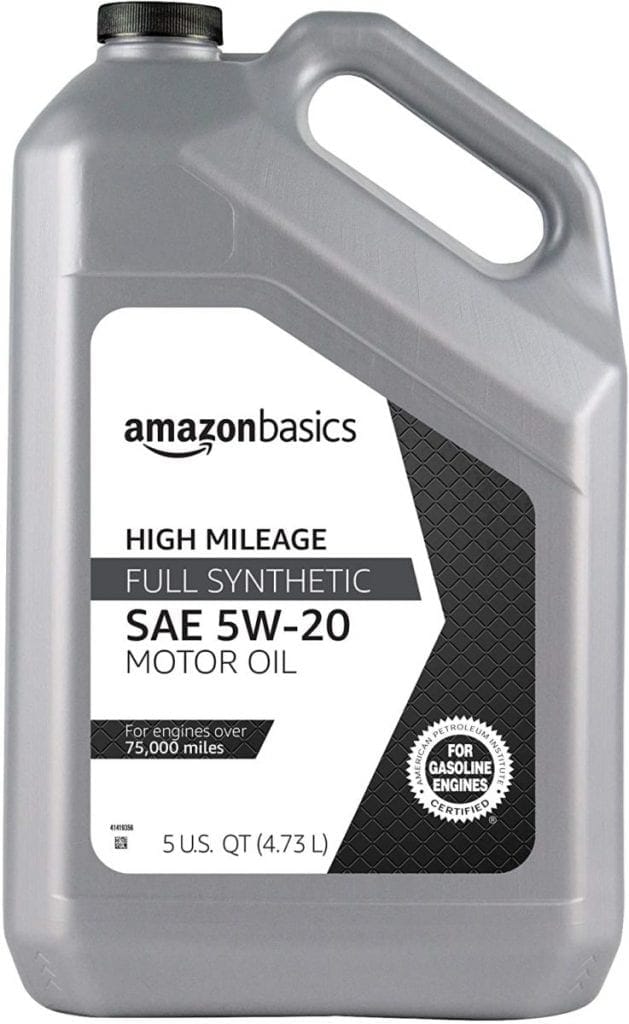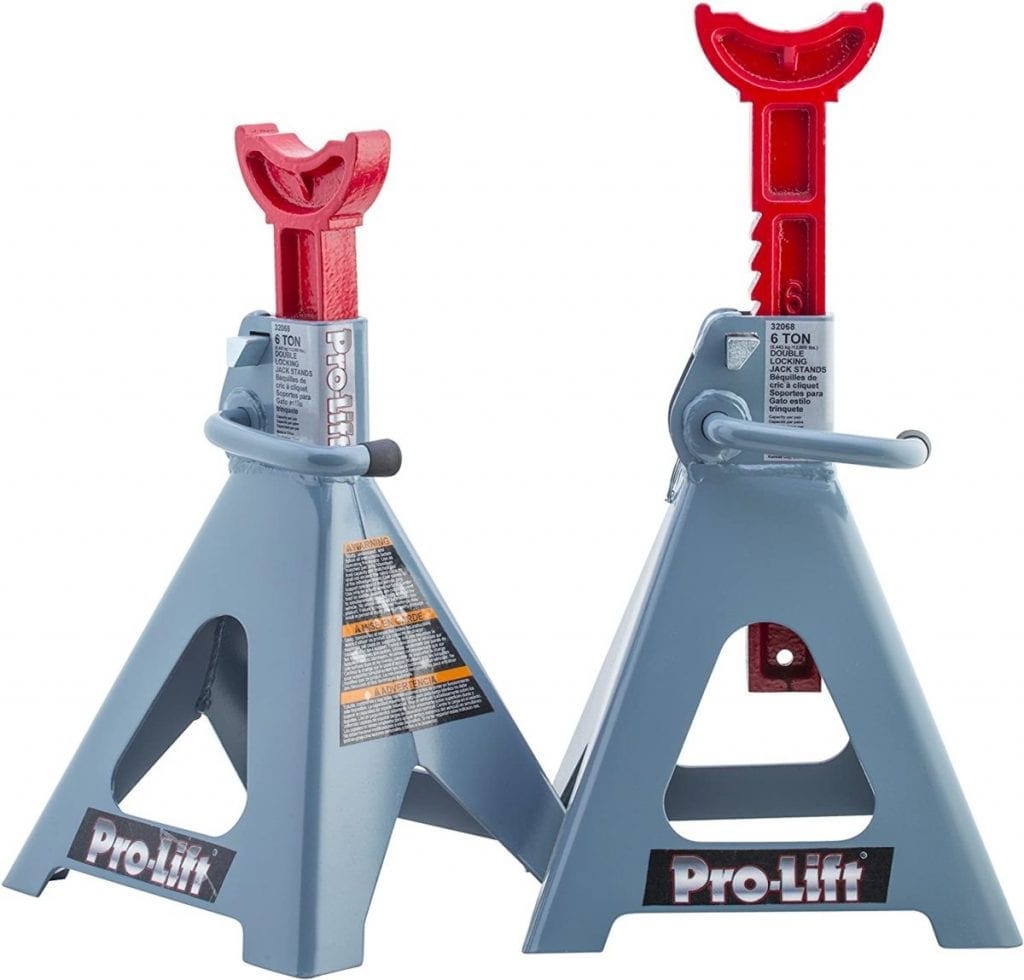Have you ever wondered why you should change oil yourself? It seems like taking your car to a local mechanic shop would be easier than changing it yourself. While having someone else change your oil may seem like the best route there are some benefits if you change your oil yourself.
Depending on if you get your oil changed at a dealership or a lube shop you may need to make an appointment. Some shops already have cars lined up to be worked on. If you drive to the shop you may be waiting a while before they get your car in.

Cost
Changing your oil yourself can actually save you money. While you will have to purchase some tools to get the job done the expense will end up just paying for itself. When you go to a shop they may charge your $30 for an oil change. They will drain your oil, replace your oil filter, and add new oil.
While this seems like a great deal you can usually find oil cheaper online. If you were to do the oil change yourself you might be able to get the oil and filter for $20 or less. Even if you use a higher grade oil like full synthetic you’ll save money on the parts. The only downside is that you will be spending your own time changing the oil.
Earn Skills
Changing oil is a great way to learn about cars. When you open the hood you can learn how to check different fluid levels. You can see if your coolant or brake fluid is low. These are great skills to have.
In addition, it can show you where the location of the parts are. You can see where the oil filter and drain plug are. As you tinker with your car you will become more confident and might be able to do regular maintenance. Things like changing out your air filter and checking your oil level will become a breeze.
See the condition of your vehicle

Another reason to change oil yourself is to see the condition of your vehicle. Unless you regularly get your car on a lift you don’t see the underside often. By changing your own oil you can see what’s going on under the car. By safely placing the car on jack stands and crawling under your can check for leaks or broken parts.
If you find anything wrong you can plan on hiring a mechanic or maybe repairing it yourself. Things like leaks are usually related to seals or gaskets. While valve cover gaskets are a little more advanced after you gain some skills you might even be up to the challenge.
More Dependable
Changing your oil can be more safe then having a stranger change it. While most mechanics are honest and hard working there are always a few that are lackluster. Sometimes mechanic forget your fill your car up with oil.
Other times some overtighten bolts and end up ruining drain plugs. Be sure you know and research your mechanic so you know that your car is going to operate properly after the work is done. Changing oil yourself can alleviate some of these issues.
By working on your own car you can know that everything was done properly. You can have piece of mind knowing that you took the time yourself to complete the project.
How to change your own oil

Warm up your car
The first step is to make sure your engine is warm. Warmer oil will flow better than cold oil. In addition getting everything moving around will ensure that you will be able to drain the oil and all the contaminants.
Unscrew the oil cap and pull the dipstick
When you change oil yourself you want to make sure you pull the dipstick and loosen the oil cap. These two parts can sometimes create a suction which prevents some of the oil from draining. There has to be air entering the engine for oil to freely drain out.
Chock the wheels
The next step is choking the wheels. Wheel chocks are used to prevent a vehicle from moving. You can place the wheel chocks in front and behind one of the rear tires. By placing them up against the tire you can make sure that your car doesn’t roll after you jack up the car.

Jack up the car
Using a jack you will want to jack up the front of the vehicle. You will want to make sure you have a reliable jack that has the correct weight capacity. After you jack up one side you will want to place jack stands under the lift points of the car.
Place on jack stands
Whenever you lift a car you want to place jack stands under the car. The jack stands are a safety tool that keeps the vehicle up. Hydraulic car jacks can lose pressure. If you are under the car when this happens you could get pinned.
Always make sure you have reliable jack stands to hold the car when you are working on your vehicle.
Remove the oil filter
Next, you’ll want to remove the oil filter. Depending on your vehicle you may have an external or internal oil filter. After you have placed a drain pan below you’ll want to unscrew or remove the oil filter.
After the oil has drained from the oil filter area you can install a new filter. For external filters it is a good idea to put a small amount of oil on the o-ring, This will make it easier to get your oil filter off your next oil change.
Drain the oil
You can now drain the remaining oil out of your engine. Use a wrench with the correct size and loosen the oil drain plug. Make sure that you have a pan below because the oil tends to spew out. Right before you totally loosen the oil drain plug you are going to want to grip the plug by hand.
Otherwise, the drain plug will drop in your pan of used motor oil and you’ll have to fish it out.
Replace the drain plug
After the oil has drained completely you can screw the drain plug back in. Make sure that you get the drain plug tightened to your manufacturer’s specifications. Although be sure to not overtighten the plug.
Fill your oil
After everything is back together you can lower the car back on the ground. Fill the engine with the amount of oil your owner’s manual requires. Be sure to not overfill the oil because over time you could end up blowing your seals.
On the other hand, if you don’t fill your engine with enough oil the internal components won’t be lubricated and you could end up destroying your engine over time.
Replace your oil cap.
You can now replace your oil cap. Make sure that your cap is fully screwed in. Having engine oil spew out is never a fun experience.
Run the engine
Start the car end let it run for a few seconds. This allows the oil to move around in the engine and start lubricating everything.
Check your oil level.
After you run the engine for a few seconds check your oil level with your dipstick. Make sure that the oil level is between the minimum and the maximum markers on the dipstick. If you are a little low you can add a little oil at a time.
If you’ve overfilled your oil you will have to jack the car back up and drain a little. Getting the oil level to the correct amount will ensure the longevity of your engine.
Recycle your oil
You can typically take your used motor oil to an auto parts. There they will recycle the oil so it doesn’t end up ruining our environment.
What are the things you need for your own oil change?
Oil
When changing your own oil you’ll want to be sure you have reliable brand new oil. Based on your owner’s manual you will be able to find the correct oil type for your car. Some cars require conventional oil while some call for full synthetic. There are also cars that call for a synthetic blend which is the combination of the two.
Your manual should also tell you the weight and how much oil you will need for the oil change. For instance, your car might say you need 4.2 quarts of 5w-30 oil. You will want to make sure that you purchase a decent oil that is going to lubricate your engine thoroughly. Something like Amazon Basic oil is one of the top oils on the market.
Oil Filter
Next is to determine which oil filter you need. Most oil filters are on the outside of the engine. Although more cars are coming with internal filters. Internal filters aren’t very difficult to replace. Although you’ll want to make sure your find the location on your engine and make sure you have a tool to get the cap off.
By using something like a Haynes Manual you get detailed information on your oil filter location and a full oil change walkthrough.
| Image | Name | Features | Price |
|---|---|---|---|
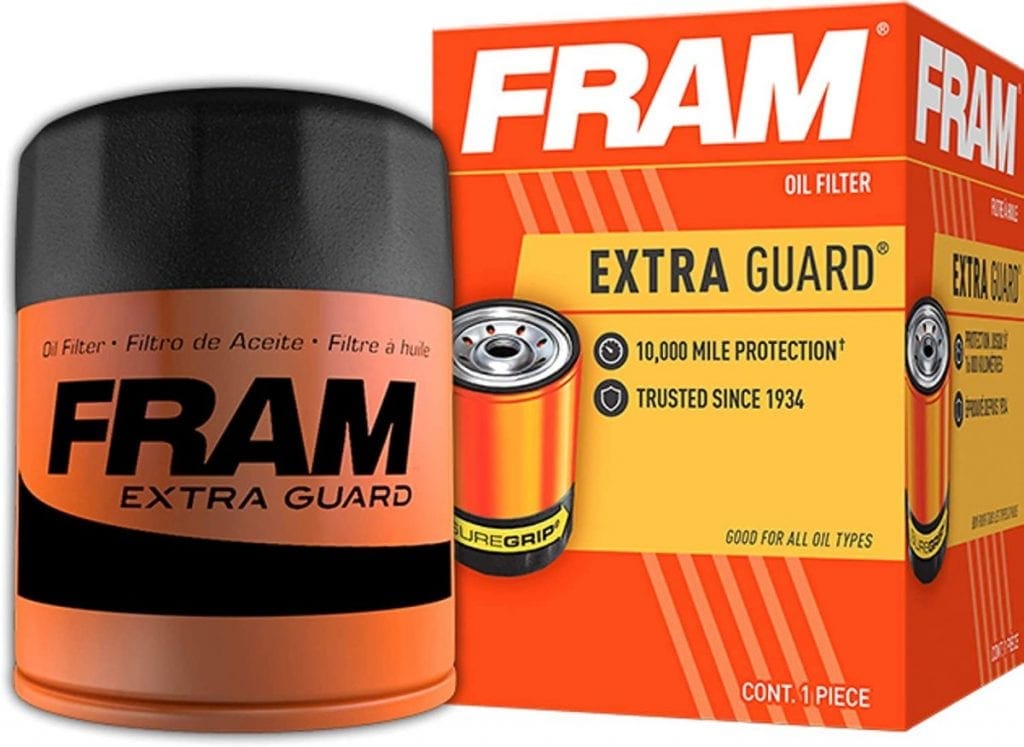 |
Fram Oil Filter | Proven protection for up to 5,000 miles, Engineered for use with conventional oil, Ideal balance of dirt-trapping efficiency and dirt-holding capacity |
Wheel chocks
If you are planning on changing your oil yourself then you will want to get a set of wheel chocks. They are typically inexpensive and can be a lifesaver. You never want a vehicle to roll of jack stands.
Wheel chocks keep the wheels stationary so your can safely work on your vehicle. You place them in the front and the back of a tire so that your car can’t roll forward or backwards.
| Image | Name | Features | Price |
|---|---|---|---|
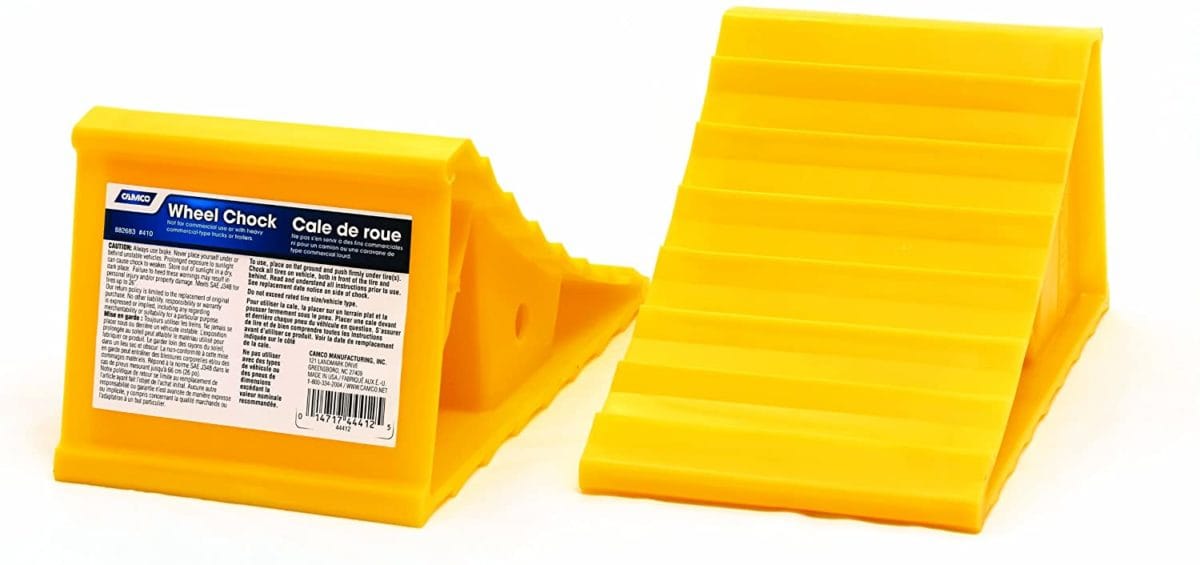 |
Camco 44414 Wheel Chock | Durable hard plastic with UV inhibitors, Pack of 2, For use with tires up to 26inch in diameter |
Jack
Next is a floor jack. A floor jack is what you use to jack up your vehicle. They typically come in different weight capacities so you’ll want to make sure it works with your vehicle.
You can place a reliable jack stand under the car and lift at the designated lift points. A manual can show you where these points are. After you get the car off the ground you’ll want to put some jack stands in place.
| Image | Name | Features | Price |
|---|---|---|---|
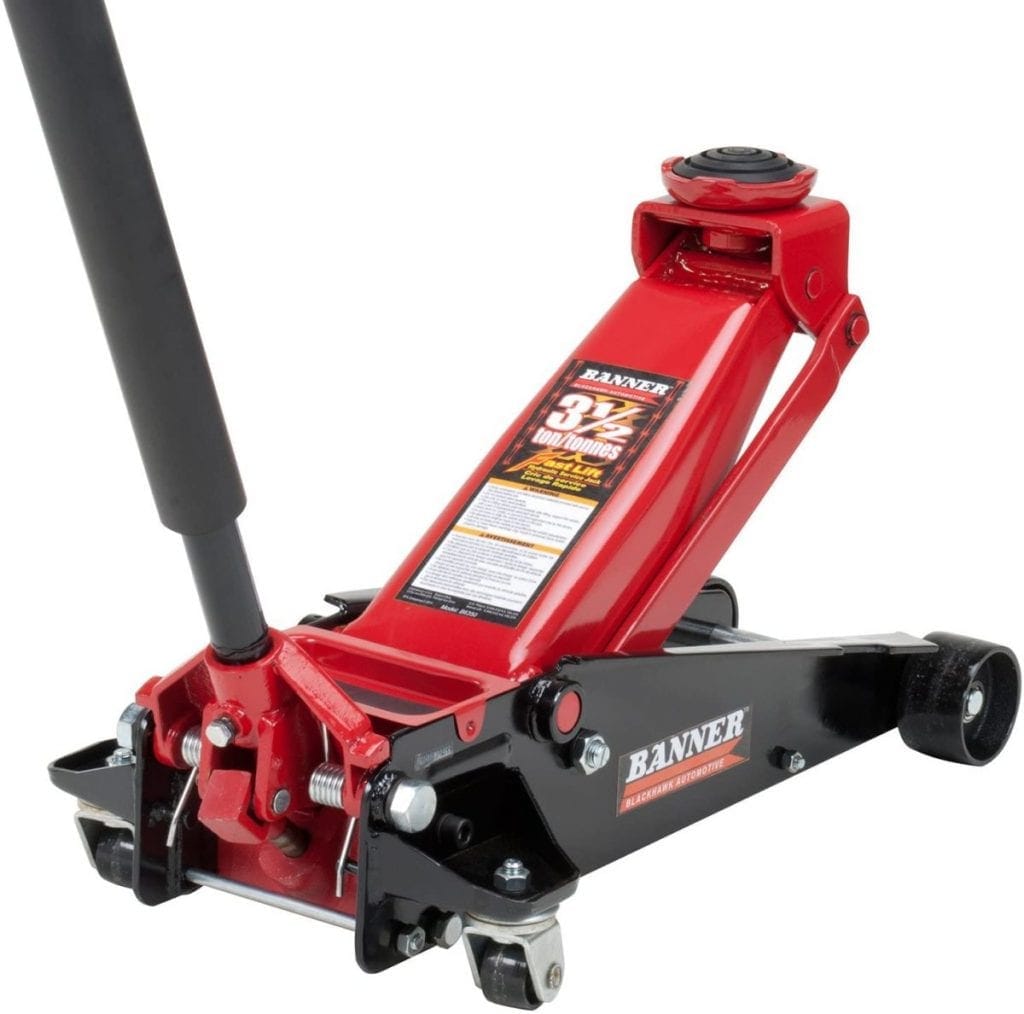 |
Blackhawk B6350 Jack | Built-in internal safety valve and vent plug ensures safe operation, Swivel saddle provides easy jack positioning and user safety.Saddle Diameter: 4 inch |
Jack Stands
Good Jack stands can save you from having a car fall on top of you. Jack stands are placed under the car after you’ve lifted the vehicle. You place the jack stands at lift points and slowly lower the vehicle.
As long as the jack stand is level and locked you can rest assured that your car isn’t going to stop. It would makes sense to buy a decent set of jack stands. Having lower quality stands can be risky.
Used oil container
If you are changing your oil you’ll need a place to store the used oil. In most states there are strict guidelines to disposing of used motor oil. Most auto part stores will recycle the oil. Although you’ll need a way of transporting it there.
That is where a used oil container comes in. You can drain your oil into a large pan and put it in the oil containers your just emptied. In addition sometimes they have a pan and container combo. This means you can drain the oil in the pan and it moves into a closed portion. From there you can add a cap and take it to be recycled.
| Image | Name | Features | Price |
|---|---|---|---|
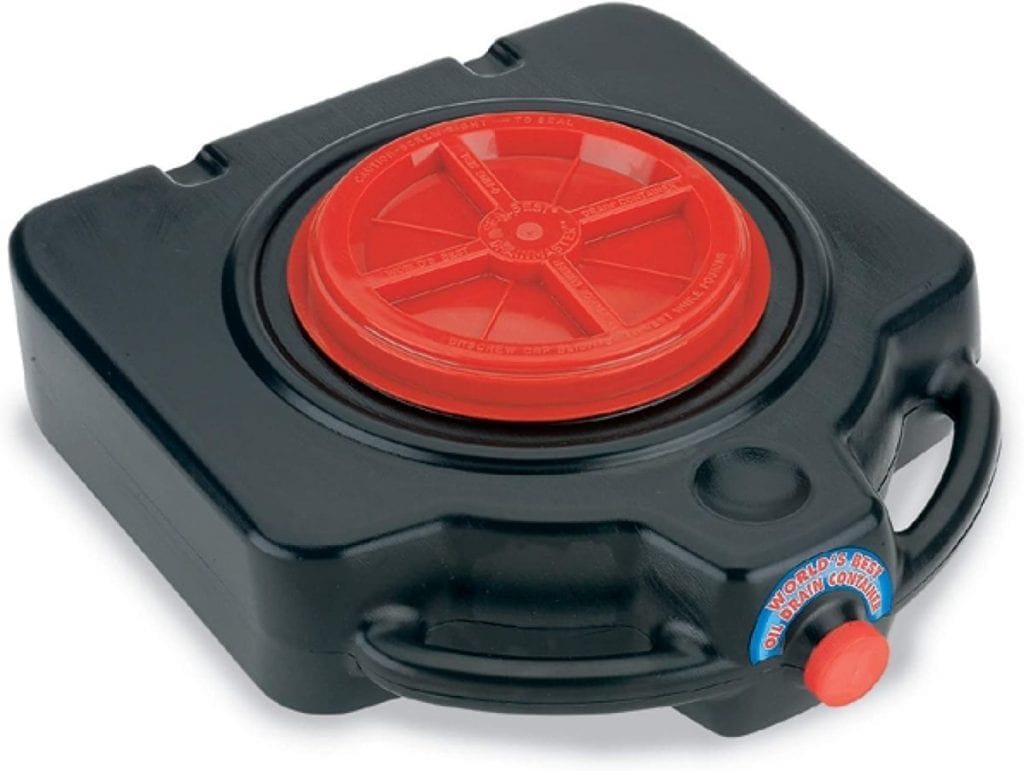 |
Lumax LX-1632 Black 15 Quart | 15 Qt. (14. 25 L), Ideal for Oil Recycling, Drain Direct – No Oily Tub, Funnel, or Mess |
Wrench set
If you don’t have a wrench set you may want to try the Gearwrench 35720 set. This kit comes with multiple wrench sizes that will assist you in unscrewing the drain plug. By doing some research online you may be able to find out what size wrench your need. Make sure that whatever wrench set you decide to purchase has the size you need.
| Image | Name | Features | Price |
|---|---|---|---|
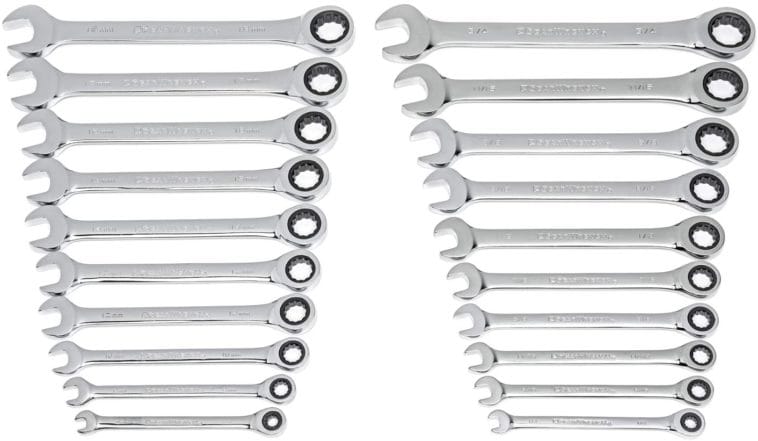 |
Gearwrench 35720 ratcheting wrench set | 20 Pieces, Multiple sizes, Easy to use |
Rags
Another thing to have around when you are changing your oil are some rags. You could purchase a set of shop rags. On the other hand you could use some cut up t shirts. In most cases something is going to get covered in oil. Its good to have something to clean up a mess.
| Image | Name | Features | Price |
|---|---|---|---|
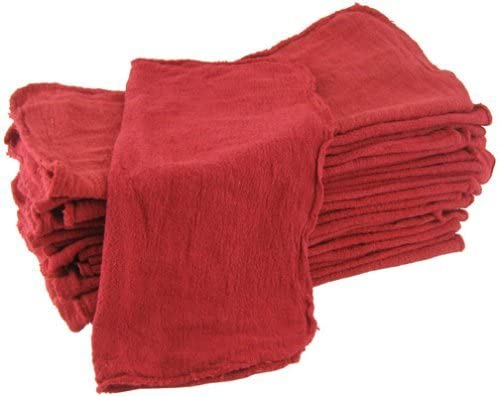 |
Shop Towels Red-Commercial | New 100 Towels, Commercial/Industrial Grade, approx 14 inch x 15 inch, 100% Cotton- Brand New-Never Used- Not Reclaimed |
Owners manual
If you are interested on working on your own car you can invest in a Hayne’s manual. These car manuals have detailed guides on how to perform maintenance on your vehicle. They give you step-by-step on how to work on your ca rby yourself. In addition they show you where your parts are on your vehicle like your oil filter or drain plug.
In closing
If you want to save money and learn some useful skills consider changing your oil yourself. By spending a little bit of your time you can see the state of your vehicle. It can give you the assurance that your car is being well maintained. Plus you’ll be able to brag that you work on your own car. Are you planning on changing your own oil? Let us know what you think in the comments below!

